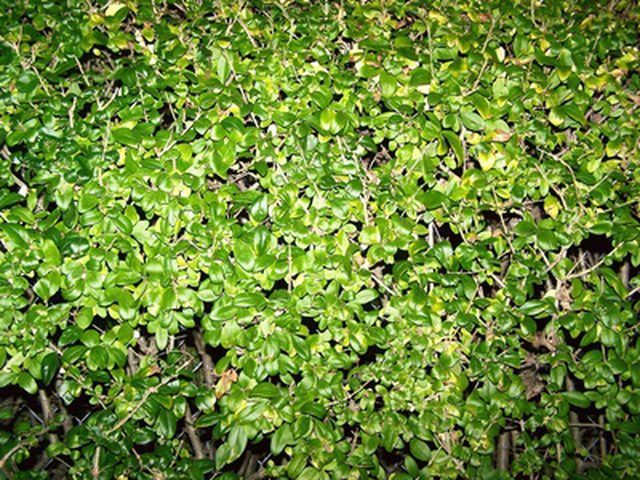Bulbs
Flower Basics
Flower Beds & Specialty Gardens
Flower Garden
Garden Furniture
Garden Gnomes
Garden Seeds
Garden Sheds
Garden Statues
Garden Tools & Supplies
Gardening Basics
Green & Organic
Groundcovers & Vines
Growing Annuals
Growing Basil
Growing Beans
Growing Berries
Growing Blueberries
Growing Cactus
Growing Corn
Growing Cotton
Growing Edibles
Growing Flowers
Growing Garlic
Growing Grapes
Growing Grass
Growing Herbs
Growing Jasmine
Growing Mint
Growing Mushrooms
Orchids
Growing Peanuts
Growing Perennials
Growing Plants
Growing Rosemary
Growing Roses
Growing Strawberries
Growing Sunflowers
Growing Thyme
Growing Tomatoes
Growing Tulips
Growing Vegetables
Herb Basics
Herb Garden
Indoor Growing
Landscaping Basics
Landscaping Patios
Landscaping Plants
Landscaping Shrubs
Landscaping Trees
Landscaping Walks & Pathways
Lawn Basics
Lawn Maintenance
Lawn Mowers
Lawn Ornaments
Lawn Planting
Lawn Tools
Outdoor Growing
Overall Landscape Planning
Pests, Weeds & Problems
Plant Basics
Rock Garden
Rose Garden
Shrubs
Soil
Specialty Gardens
Trees
Vegetable Garden
Yard Maintenance
Fertilizer for a Privet Hedge
Fertilizer for a Privet Hedge. The most common hedge plants in the United States are privets, members of the ligustrum genus. They are adaptable to a variety of soil and light conditions. Privets are also used for foundation plantings, shrub borders and patio trees. The ability of these everygreen shrubs and trees to handle severe pruning makes...

The most common hedge plants in the United States are privets, members of the ligustrum genus. They are adaptable to a variety of soil and light conditions. Privets are also used for foundation plantings, shrub borders and patio trees. The ability of these everygreen shrubs and trees to handle severe pruning makes them well-suited for hedges. Rapid growth makes frequent clipping necessary.
Types
There are four basic varieties of privets and numerous cultivars. Common ligustrums are Japanese or wax privet (ligustrum japonicum), glossy privet (ligustrum lucidum) and Chinese privet (ligustrum sinense). In certain parts of the United States, the Japanese privet commonly grows 15 to 18 feet high without pruning. Glossy privet can reach 30 to 40 feet, while the variegated Chinese privet grows approximately 12 feet high by 10 feet across. A slowly growing Japanese privet is ligustrum recurvifolium, which has round leaves and an upright growing habit.
Planting
The Cornell University Cooperative Extension recommends the addition of compost or peat moss and superphosphate fertilizer to soil when starting a privet. Superphosphate has a nitrogen-phosphorous- potassium ratio of 0-21-0. "Taylor's Master Guide to Gardening" recommends two ounces of superphosphate per bushel of loose, well-drained soil mixture.
Privets in the South
Growing plants should be fertilized based on plant size and desired growth rate. In the South, the University of Florida Extension Service advises fertilizer applications two to three times a year. For two applications, early spring and fall are the best times. For more rapid growth or unhealthy plants, add a third application in the summer. Broadcast a 15-5-10 or 15-5-15 fertilizer in shrub beds at 0.7 pounds per 100 square feet. Keep fertilizer off the leaves and away from the privet trunks.
Privets in the North
Cornell gives this advice for established plants: "Fertilize every few years." The University of New Hampshire is more specific with nitrogen applications: 1 to 3 lbs. of nitrogen for each 1,000 square feet of privets. When fertilizing privet hedges, calculate the size of the landscape bed, not the canopy area of the privets.
Considerations
Phosphorus is best applied before planting. This explains why Cornell calls for adding superphosphate when the growing medium is being prepared. For landscape plants and privet beds, nitrogen and balanced fertilizers work best when broadcast on the surface. As with all water soluble fertilizers, water well after spreading fertilizer to prevent leaf burn.